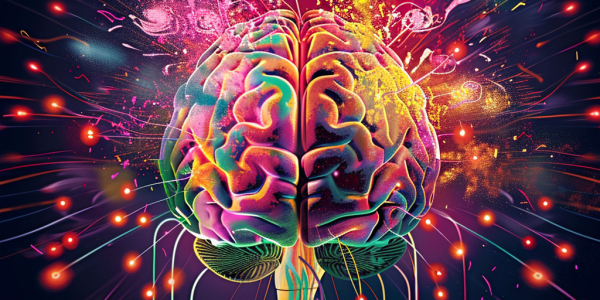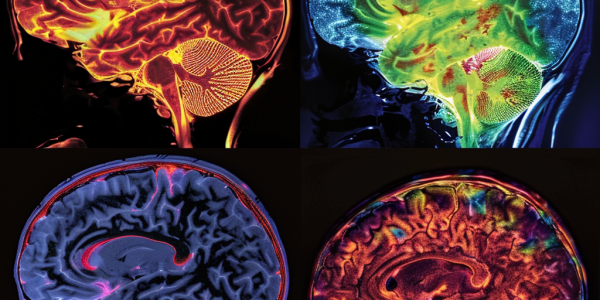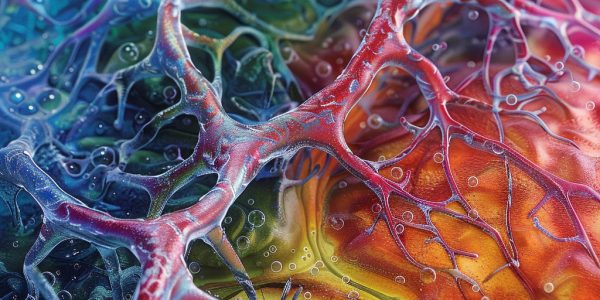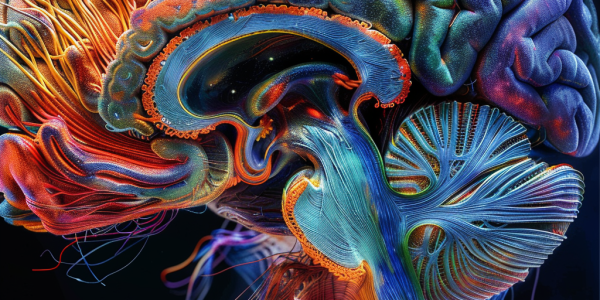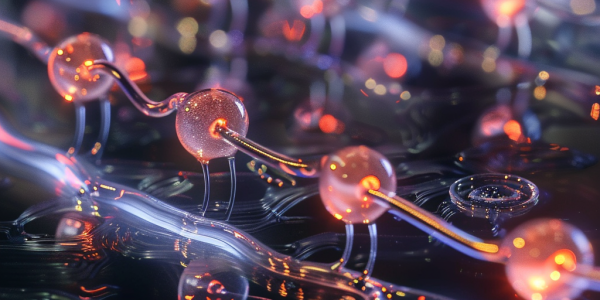The Role of ‘Sharp Wave Ripples’ in Memory Formation
New research in neuroscience reveals the role of ‘sharp wave ripples’ in memory formation, highlighting the importance of rest and sleep. György Buzsáki’s study shows how these electrical bursts in the brain flag experiences for long-term storage, aiding in memory consolidation and formation. Understanding these mechanisms can optimize learning and cognitive function.
Stanford Study Reveals Distinct Gender Differences in Brain Connectivity
Stanford University study reveals distinct patterns in brain connectivity between male and female brains, challenging the idea of a continuum. Findings suggest unique brain activity fingerprints predict cognitive functions based on gender, debunking the myth of inherent intellectual differences.
Groundbreaking Studies Shed Light on Mental Health Disorders
Two groundbreaking studies conducted by scientists from The Mount Sinai Hospital as part of the PsychENCODE Consortium offer valuable insights into the molecular biology of neuropsychiatric diseases. Published in a special issue of Science, these studies provide detailed understanding of the molecular alterations associated with schizophrenia and present a population-scale map of the brain’s regulatory components. Dr. Panos Roussos, the senior author, emphasizes the importance of these findings in advancing innovative treatments for mental health disorders.
New Chemical Mixture Allows Brain Tissue to be Frozen and Thawed Without Damage
Scientists in China have developed a new chemical mixture, MEDY, that allows brain tissue to be frozen and thawed without damage, even after being stored for up to 18 months. This breakthrough in brain tissue preservation could revolutionize research in neuroscience and medicine, offering a way to study diseases and conduct experiments without the risk of freezing-induced damage.
Sex-related Differences in Human White Matter Microstructure Revealed by Diffusion MRI
Discover how a recent study utilizing diffusion MRI as an in vivo microscope uncovers significant sex-related differences in human white matter microstructure. With high sex classification performance across all diffusion metrics, the study highlights the importance of understanding cellular-level microstructural variances between men and women for insights into brain health and disease.
Groundbreaking Discovery in Brain Wiring Diagram Revealed
Scientists from Harvard University and Google have made a groundbreaking discovery by reconstructing a detailed wiring diagram of a small piece of brain tissue, shedding light on the intricate neural connections within the brain. This research, focused on a tiny cubic millimeter of brain tissue, revealed 57,000 individual cells, 150 million neural connections, and 23 centimeters of blood vessels. By utilizing advanced technology and machine-learning algorithms, the researchers delved into the nanoscale details of the brain’s structure, generating a massive 1.4 petabytes of data. This study represents a significant leap forward in understanding the complexities of the human brain.
Advancements in Neuroscience: Unraveling the Mysteries of Brain Plasticity and Connectomics
Discover the groundbreaking advancements in neuroscience that are revolutionizing our understanding of the brain and its potential. Learn about brain plasticity and its types, including synaptic plasticity, structural plasticity, and neurogenesis. Explore the field of connectomics and how it is mapping neural networks to provide insights into neurological and psychiatric disorders.
Researchers Create Artificial Synapse Using Water and Salt, Mimicking Human Brain Medium
Researchers at Utrecht University and Sogang University have made a groundbreaking discovery in neuromorphic computing by creating an artificial synapse that operates using water and salt, mimicking the human brain’s medium. This innovative approach showcases the potential for more efficient and brain-like computer systems, paving the way for advancements in artificial intelligence and cognitive computing.
Researchers Connect Lab-Grown Brain Tissues to Mimic Human Brain Networks
Researchers have achieved a significant breakthrough in neuroscience by successfully connecting lab-grown brain tissues to mimic complex networks found in the human brain. This innovative method involves linking ‘neural organoids’ with axonal bundles, enabling the study of interregional brain connections and their role in human cognitive functions. The connected organoids exhibited more sophisticated activity patterns, demonstrating both the generation and synchronization of electrical activity akin to natural brain functions. This achievement not only enhances our understanding of brain network development and plasticity but also opens new avenues for researching neurological and psychiatric disorders, offering hope for more effective treatments.
Study Reveals Brain’s Regulation of Emotions
Researchers at Dartmouth have uncovered the intricate mechanisms behind how the brain regulates emotions, offering new insight into mental health treatments. The study shows the role of specific brain regions in emotion regulation and the influence of neurotransmitters like dopamine, serotonin, and cannabin.

